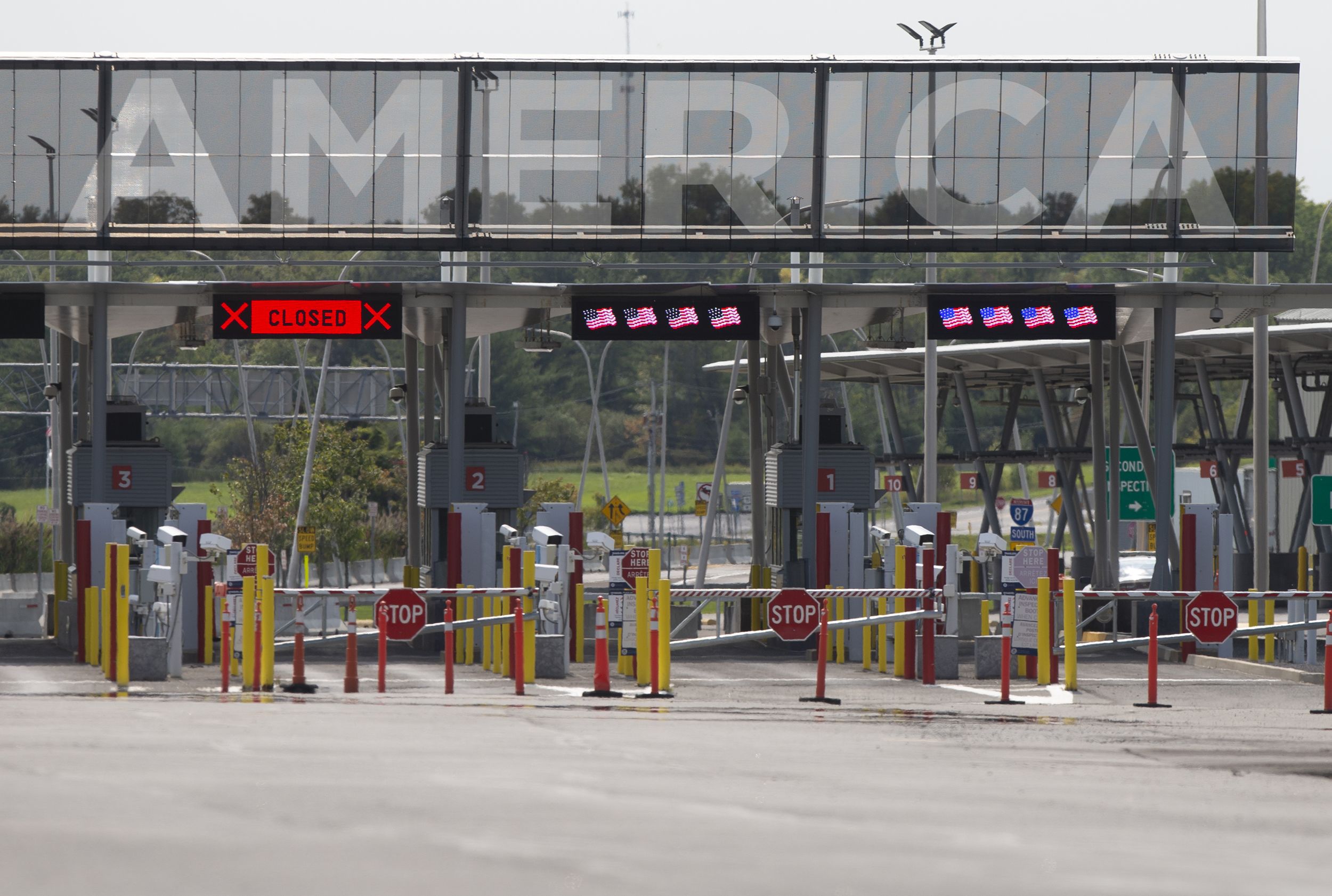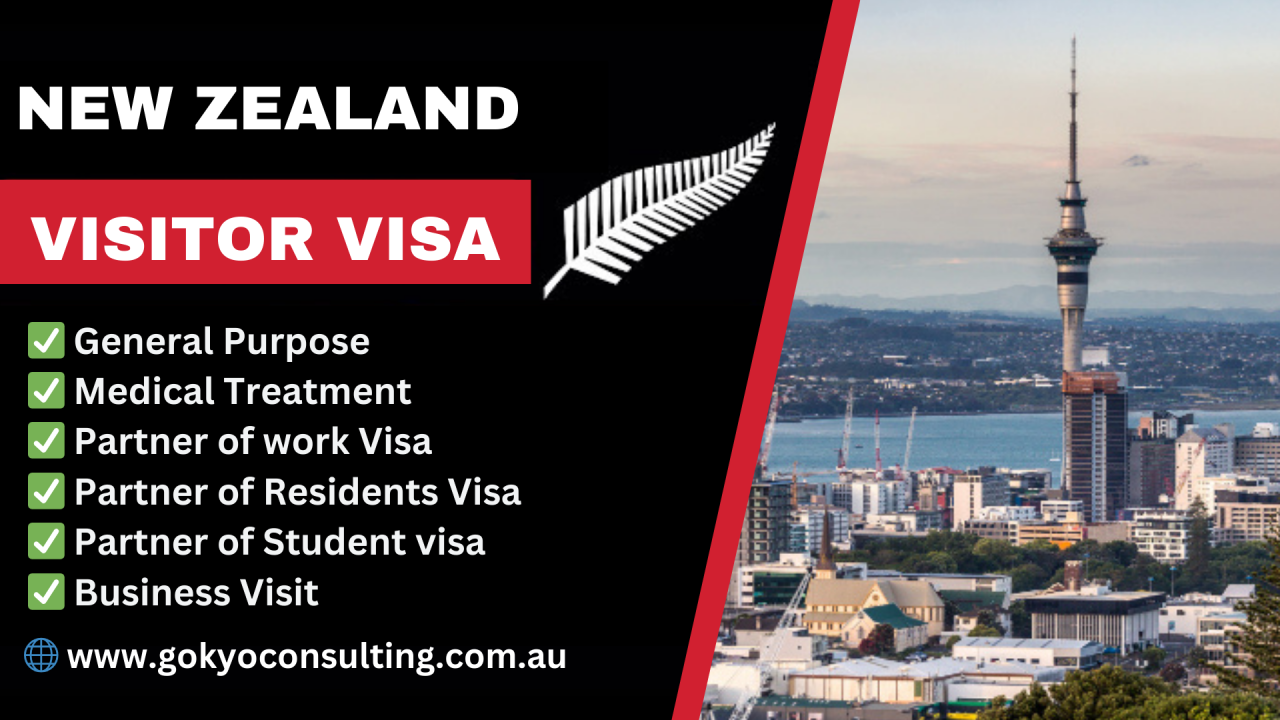1. Understanding the Entry Requirements
When entering Canada from the U.S. border, travelers must meet specific entry requirements. These include having a valid passport, potentially a visa or eTA (Electronic Travel Authorization), ENTERING CANADA FROM US BORDER and proof of purpose for the visit, such as an invitation letter or hotel reservation. U.S. citizens and permanent residents of the U.S. generally do not need a visa for short visits but do need an eTA if arriving by air.
2. Passport and Identification
Ensure that your passport is valid for the duration of your stay. U.S. citizens can enter Canada using their U.S. passport or, in some cases, other approved travel documents. It’s also essential to carry any additional identification that may be requested by border officials.
3. Visa and eTA Requirements
- For U.S. Citizens: No visa is required for short visits (up to six months). However, if arriving by air, an eTA is necessary.
- For U.S. Permanent Residents: You need an eTA for air travel or a visa if traveling by land or sea.
4. Customs Declarations and Baggage
Prepare to declare any goods you are bringing into Canada. This includes items purchased abroad, gifts, and any large amounts of cash. Be aware of Canadian customs regulations and limits on duty-free items. CANADA VISA FOR AUSTRIAN NATIONALS Failure to declare items can lead to fines or seizure.
5. Crossing the Border: What to Expect
When crossing the border, approach the designated entry lanes and be prepared to present your documentation to Canadian Border Services Agency (CBSA) officers. They will ask about your travel plans, purpose of visit, and may conduct a brief inspection of your vehicle or belongings. Answer all questions honestly and provide any requested documents.
6. Health and Safety Regulations
Check for any health and safety regulations in place, such as vaccination requirements or COVID-19 related restrictions, which may vary. It’s advisable to stay updated on the latest travel advisories from both U.S. and Canadian authorities before your trip.
7. Traveling with Pets
If traveling with pets, ensure they meet Canadian import requirements. Pets typically need to have updated vaccinations and may need a health certificate. Check specific regulations for your pet’s breed and type.
8. Customs and Immigration Procedures
Familiarize yourself with Canadian customs and immigration procedures to ensure a smooth entry. This includes knowing what items are restricted or prohibited, understanding how to handle excess or unusual items, and being aware of how long you are allowed to stay.
9. Emergency Contact Information
Have contact information for Canadian authorities and your country’s embassy or consulate handy in case of any issues or emergencies. This is especially important for extended stays or if you encounter difficulties.
10. Returning to the U.S.
Remember to keep your U.S. entry requirements in mind as well. Ensure that you comply with U.S. customs regulations and have all necessary documentation for re-entry into the United States. By following these guidelines, you can ensure a smooth and efficient entry into Canada from the U.S. border. Safe travels!



